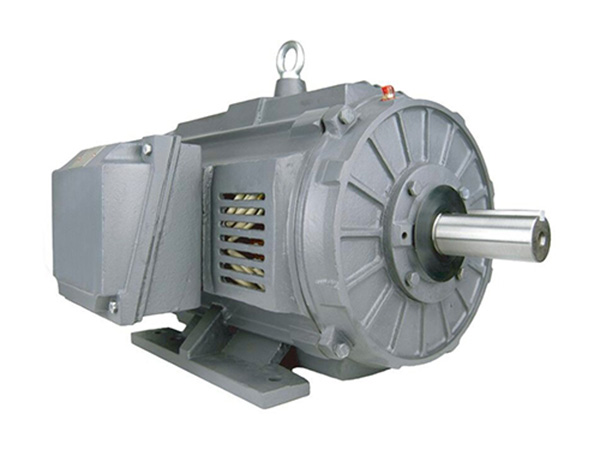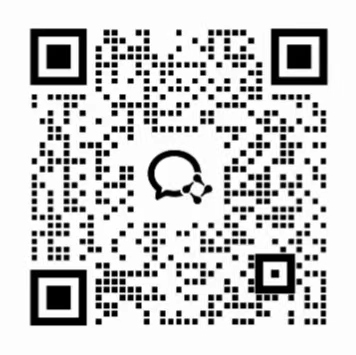Three-phase asynchronous motor is a kind of induction motor, it is a kind of motor powered by 380V three-phase AC current (phase difference 120 degrees) at the same time, because the rotor and stator rotating magnetic field of the three-phase asynchronous motor rotate in the same direction and at different speeds, there is a slip rate, so it is called three-phase asynchronous motor. Next, Yongturn Xiaobian will take you to understand the relevant knowledge of three-phase asynchronous motors.
The rotor speed of the three-phase asynchronous motor is lower than that of the rotating magnetic field, and the rotor winding generates electromotive force and current due to the relative motion between the magnetic field and the rotor winding, and interacts with the magnetic field to generate electromagnetic torque to achieve energy conversion.
Compared with single-phase asynchronous motor, three-phase asynchronous motor has good operation performance and can save various materials. According to the different rotor structure, the three-phase asynchronous motor can be divided into two types: cage type and winding type. The cage rotor asynchronous motor is simple in structure, reliable in operation, light in weight and cheap in price, and has been widely used. The rotor and stator of the winding three-phase asynchronous motor are also equipped with three-phase winding and connected to the external rheostat by slip ring and brush. Adjusting rheostat resistance can improve motor starting performance and adjust motor speed.
When a symmetrical three-phase alternating current is passed into the three-phase stator winding, a rotating magnetic field is generated which rotates clockwise along the inner circle space of the stator and rotor at the synchronous speed n1. Since the rotating magnetic field rotates at n1 speed, the rotor conductor is stationary at the beginning, so the rotor conductor will cut the stator rotating magnetic field and generate an induced electromotive force (the direction of the induced electromotive force is determined by the right hand rule). Because both ends of the rotor conductor are shorted by a short-circuit ring, the rotor conductor will generate an induced current in the same direction as the induced electromotive force under the action of the induced electromotive force. The current carrying conductor of the rotor is subjected to the electromagnetic force in the stator magnetic field (the direction of the force is determined by the left-handed rule). The electromagnetic force generates electromagnetic torque on the rotor shaft, driving the rotor to rotate along the direction of the rotating magnetic field.
Through the above analysis, the working principle of the motor can be summarized as follows: When the three-phase stator winding of the motor (each with a difference of 120 degrees electrical Angle) is passed into the three-phase symmetrical alternating current, a rotating magnetic field will be generated. The rotating magnetic field cuts the rotor winding, thus generating induced current in the rotor winding (the rotor winding is a closed path). The current-carrying rotor conductor will generate electromagnetic force under the action of the stator rotating magnetic field. Thus, electromagnetic torque is formed on the motor rotating shaft, driving the motor to rotate, and the direction of the motor rotation is the same as the direction of the rotating magnetic field.

